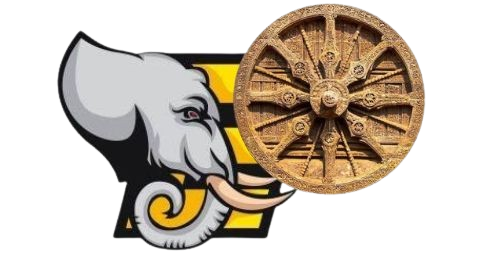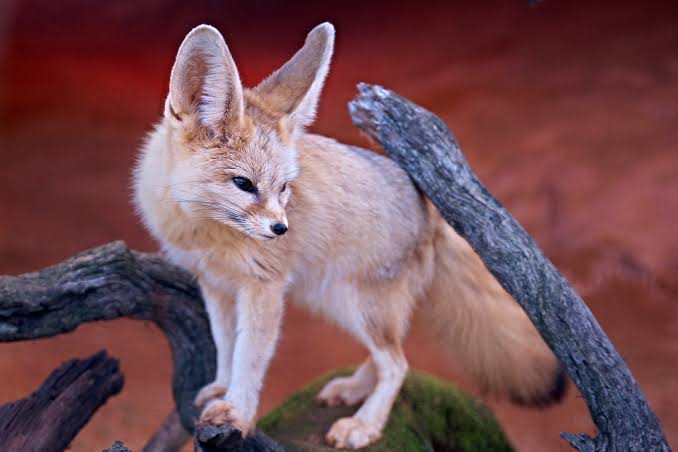Animals and Birds That Survive with Little Water
Water is essential for all living beings, but some animals and birds have adapted to survive in arid environments where water is scarce. These species have evolved unique physiological and behavioral traits to conserve moisture and make the most of their surroundings. Here are some fascinating creatures that thrive with minimal water intake.
1. Kangaroo Rat (Dipodomys)
One of the most famous desert dwellers, the Kangaroo Rat, can survive without drinking water for its entire life. Native to North American deserts, these small rodent extracts moisture from seeds and metabolic water produced within its body. It also minimizes water loss by producing highly concentrated urine and dry feces.
2. Sand Gazelle (Gazella subgutturosa)
The Sand Gazelle is an antelope species that has adapted to desert life by lowering its metabolic rate during extreme heat, reducing its need for water. It can go for long periods without drinking, obtaining hydration from plant matter and dew.
3. Thorny Devil (Moloch horridus)
Native to Australia, the Thorny Devil is a lizard that absorbs water through its skin. Its body has grooved that channel moisture from any surface, including dew and rain, directly to its mouth. This adaptation allows it to survive in arid regions with minimal water sources.
4. Ostrich (Struthio camelus)
The Ostrich, the world’s largest bird, has developed mechanisms to withstand hot and dry climates. It extracts moisture from the plants it eats and can regulate its body temperature to prevent excessive water loss. Ostriches also have highly efficient kidneys that help conserve water.
5. Fennec Fox (Vulpes zerda)
The Fennec Fox, found in the Sahara Desert, has adapted to extreme heat with its large ears that dissipate heat and thick fur that minimizes water evaporation. It gets most of its water from food sources like insects, fruits, and small animals.
6. Addax (Addax nasomaculatus)
Also known as the Screwhorn Antelope, the Addax can survive without drinking water for extended periods. It derives hydration from desert plants and conserves moisture by being nocturnal, avoiding the harsh sun during the day.
7. Roadrunner (Geococcyx californianus)
This fast-moving bird, found in the deserts of North America, has adapted to a dry lifestyle by obtaining moisture from its prey, such as insects, lizards, and small rodents. The Roadrunner also excretes excess salt through a gland near its eyes, reducing water loss through urine.
8. Camel (Camelus dromedarius & Camelus bactrianus)
Perhaps the most iconic desert survivor, the Camel can endure extreme dehydration, losing up to 25% of its body weight in water without suffering ill effects. Its hump stores fat, which can be metabolized for energy and water when needed. Camels also have specialized nostrils to reduce moisture loss when exhaling.
9. Namib Desert Beetle (Stenocara gracilipes)
This tiny beetle has an ingenious method of collecting water. It stands on ridges in the Namib Desert, facing into the wind, and uses its bumpy exoskeleton to trap and channel moisture from fog directly into its mouth.
10. Jerboa (Family Dipodidae)
A rodent resembling a tiny kangaroo, the Jerboa thrives in desert environments by extracting water from food. It rarely drinks free water and survives by consuming roots, seeds, and plants that contain moisture.
Conclusion
Nature has equipped these animals and birds with remarkable adaptations to survive in the harshest, driest environments on Earth. From efficient water conservation to unique hydration techniques, these creatures showcase the resilience of life even in the most challenging conditions. Understanding their survival strategies not only enhances our appreciation for wildlife but also inspires innovative approaches to water conservation in human society.
—


